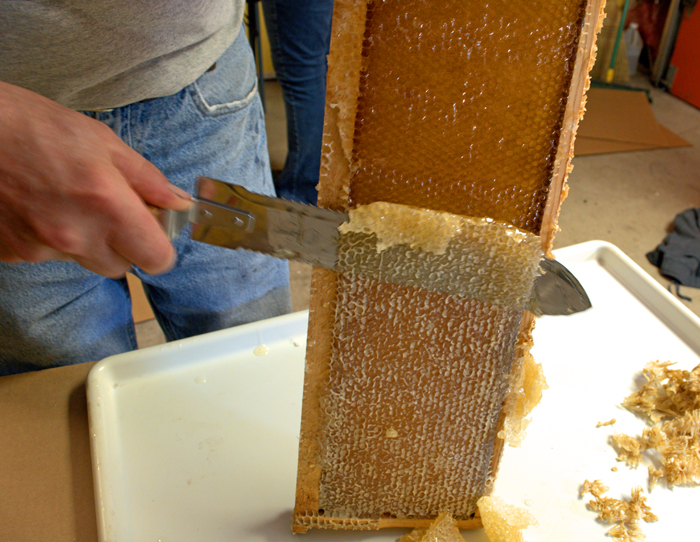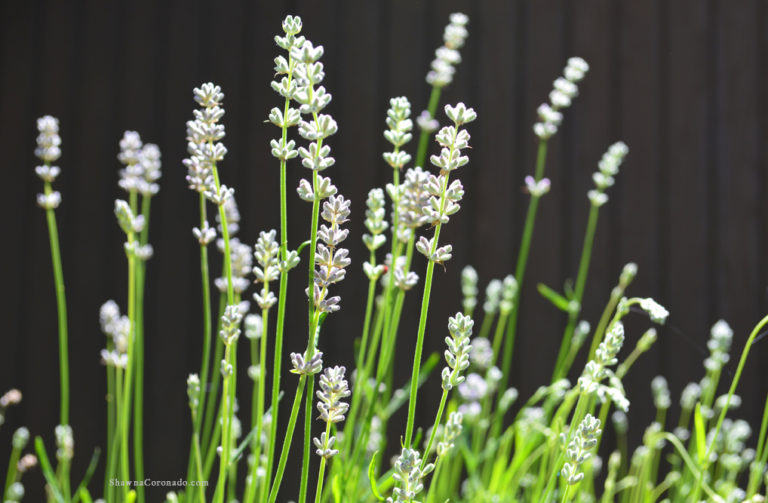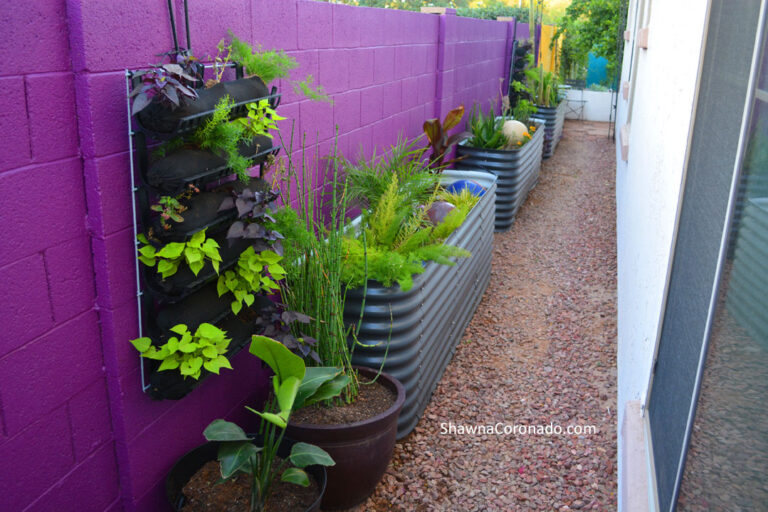DIRT! DIRT! DIRT! The Soil Trifecta For Your Garden Beds
Soil Trifecta
Dear Casual Gardener,
It’s Spring and I want to plant a garden for flowers. I have had trouble with the soil amendments for clay soil and want to know what I should add to my garden beds here in heavy clay soil that will help my plants grow.
HELP! How do I get the right dirt?
Signed,
Soil Challenged
= = = = = = = = = = = = =
Dear Soil Challenged,
Dirt! Dirt! Dirt! Although gardening experts insist on the proper “soil” terminology – to me it is all about putting your hands in the dirt and understanding what it means for you.
Here in central Illinois, particularly in the Chicagoland area, we have heavy clay soil, slightly or heavily alkaline, that can range from a medium brown color to almost black. The dark soil is indicative of lots of nutrients. That’s a positive.
The negative? Trying to keep enough organic matter in the clay soil so it will be loose enough to easily allow roots to grow.
I spoke with Doris Taylor, Plant Information Specialist from The Morton Arboretum’s Plant Clinic in Lisle, IL (www.mortonarb.org) regarding this question. Doris encourages the community to consult with the Plant Clinic anytime for all gardening questions. “We’re open during the months of April through October.”
Doris says, “The Morton Arboretum recommends you ‘work with what you have’ and only add up to a 25% amendment to your soil”. A larger percentage of an amended material, or a complete replacement of the soil, will encourage root-bound perennials that do not want to grow outside the soil environment you’ve created. This might mean an unsuccessful garden as the plants need root growth to get bigger and stronger. To encourage strong plant growth into the native soil, add your favorite amendment, but only up to 25% of the soil should be “new”. Also, the right type of amendments allow aeration into the soil and encourage root growth. To encourage plant success, according to Doris, “roots need to spread!”
There are many types of amendments, but the most common are compost (which you have hopefully made yourself), peat moss, rotted manure, mushroom compost, coffee grounds and cut sand. Doris stated, “We are now recommending against mushroom compost in perennial beds. Mushroom compost’s bi-product is leaving the soil with a very high sodium content, which is bad for the plants.”
My personal favorite “soil trifecta” of amendments is rotted manure, peat moss and compost. I might also add something more to break up the soil and aerate it if it seems difficult to dig in – like small pebbles or large grained cut sand. Compost comes in many forms – you can make your own in a composter, you can add rotted leaves and leaf mold or you can purchase compost in bags.
I hope this helps you get started with a good “base” to make your gardens thrive.
Happy and Healthy Gardening!!!
Shawna Coronado says Get Healthy! Get Green! Get Community!
One More Garden for One Crazy-Ass Gardener





We have heavy clay soil in TX too. You can add expanded shale to break up the clay. It's porous and doesn't break down. It cost a bit more, but research by A&M University has proven it to be the most effective in breaking up clay soil. 🙂